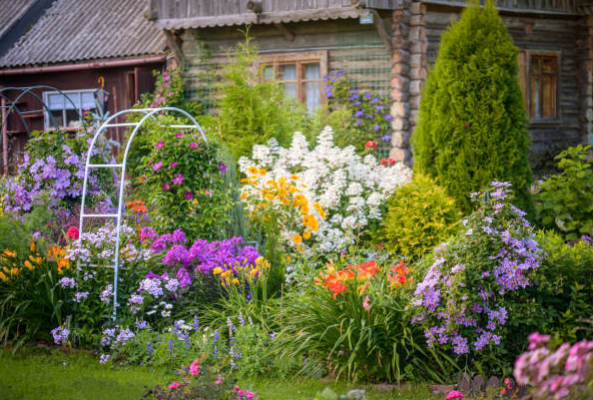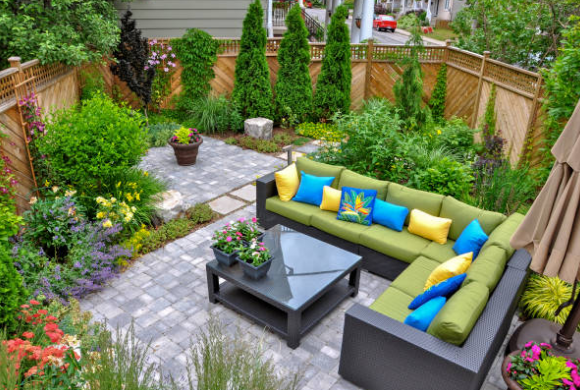Elegance Defined: Unveiling the Timeless Allure of Formal Gardens
In the realm of landscape design, formal gardens stand as enduring testaments to refinement and structure. Their symmetrical layouts, precisely clipped hedges, and meticulously planned features create outdoor spaces that exude sophistication.
Let’s embark on a journey to explore the captivating world of formal gardens and unravel the secrets behind their enduring charm.

Harmony in Symmetry:
At the heart of formal gardens lies a commitment to balance and symmetry. The deliberate arrangement of pathways, hedges, and ornamental elements creates a sense of order that is both visually striking and emotionally pleasing. This symmetrical precision is a hallmark of formal garden design.
Structured Elegance:
The layout of a formal garden is akin to a carefully composed piece of art. Neatly trimmed hedges, precisely spaced shrubs, and geometrically shaped flower beds contribute to the overall sense of structure. This structured elegance not only showcases the designer’s artistry but also provides a calming visual experience.
Focal Points and Features:
Formal gardens often feature prominent focal points like statues, fountains, or topiaries strategically placed to draw the eye. These elements serve as captivating centerpieces that enhance the garden’s aesthetic appeal and offer a sense of grandeur.
Symphony of Greenery:
Greenery plays a pivotal role in formal gardens, where evergreen plants and meticulously pruned hedges reign supreme. The lush, vibrant foliage provides a constant backdrop, contributing to the garden’s year-round allure. Boxwood, yew, and holly are popular choices for crafting the signature hedges of formal designs.

Seasonal Flourishes:
While formality and structure define these gardens, seasonal flourishes introduce dynamic bursts of color and variety. Carefully selected flowering plants and seasonal blooms inject a sense of life into the otherwise disciplined landscape, creating a harmonious blend of order and spontaneity.
Architectural Accents:
Formal gardens often integrate architectural elements like pergolas, arbors, or pathways with intricate designs. These accents not only complement the garden’s structure but also offer opportunities for shaded retreats and picturesque walkways.
Maintenance Mastery:
Achieving the perfection associated with formal gardens requires consistent and meticulous maintenance. Regular pruning, weeding, and attention to detail are paramount to preserving the garden’s pristine appearance.
Tailored Tranquility:
Beyond their visual appeal, formal gardens are designed to offer tranquil retreats. Thoughtfully positioned benches or secluded corners provide spaces for contemplation and relaxation amid the artistry of meticulously crafted greenery.
Conclusion:
Formal gardens, with their time-honored principles and disciplined beauty, continue to captivate admirers and stand as emblems of horticultural artistry. Whether nestled within stately estates or gracing urban landscapes, these meticulously planned spaces embody a refined elegance that transcends trends and fads.
Embrace the allure of formal gardens and discover how their structured beauty can transform your outdoor sanctuary.
